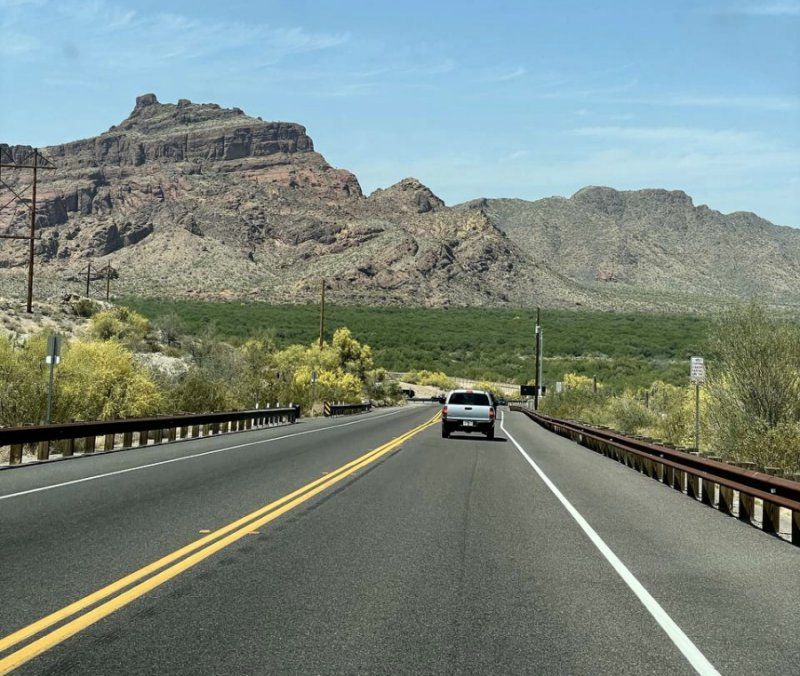- Full flexibility: start at any hour, take a break at any time and resume later
- This tour is always available to book. We are open 24/7, every day of the week.
- Free for KIDS
- Play offline: you DON'T NEED an internet connection to play this city game
- A physical tour guide
Immerse yourself in the European charm of Québec – a unique city that is today recognized as the birthplace of French North America.
As you stroll around its cobbled streets, you will discover clues that will transport you back into the 400 years of history of this UNESCO World Heritage gem.
Are you ready to discover the secrets of Québec?
Highlights:
Take a stroll on North America’s oldest streets, along the Fortifications of Québec.
Discover the place where Québec City was officially founded.
Be puzzled by the mystery of the cannonball tree.
Learn about the founders of the capital of New France.
Try a new type of experience, the perfect mix between a tour, an outdoor escape game, and a treasure hunt.
The city game will take you about 1.5 hours to complete, but there’s no time limit which will allow you to go at your own pace. You won’t need a guide, just download the app, go to the starting point, and begin the adventure.
Meeting point
3004 Av. Honoré-Mercier, 3004 Av. Honoré-Mercier, Québec, QC G1A, Canada
Please use Google Maps or other map services to arrive at this location. When you arrive, please follow the instructions inside the Questo app closely.
End point
Rue des Pains Bénits, Rue des Pains Bénits, Québec, QC G1K, Canada
You will be guided step by step to Place Royale by the Questo app. Follow the instructions closely and you'll get here.
Fontaine de Tourny
Although only recently installed in Québec City, the Tourny Fountain has a fascinating history. Six copies of this work, designed by French sculptor Mathurin Moreau in 1853, were made, and it was exhibited at the 1855 World's Fair in Paris. Here you will have to look around to find the answer to our challenge to advance to the new location and learn the story of this place.
St. Louis Gate
The first Saint-Louis Gate was in the late 17th century under the French Regime at its present location. During the British Regime, the army closed the gate doors at night to restrict travel between the city and outlying areas, which disrupted trade and hampered the city's development. Here you will have to look around to find the answer to our challenge to advance to the new location and learn the story of this place.
Cannonball Tree
Everyone familiar with Old Quebec is familiar with the tall old elm tree on Rue Saint-Louis at the corner of Rue du Corps-de-Garde, and what appears to be a large cannonball trapped in its gnarly roots. Calèche drivers slow their horse's gait to point it out to their passengers. Curious passers-by invariably stop and try to figure out how the cannonball could have gotten there, and when. Here you will have to look around to find the answer to our challenge to advance to the new location and learn the story of this place.
Chapelle des Ursulines
Founded in 1639, the Couvent des Ursulines is the oldest institution of learning for women in North America. Its chapel is where French general Louis-Joseph Montcalm was buried after he died in the 1759 battle that decided the fate of New France. Here you will have to look around to find the answer to our challenge to advance to the new location and learn the story of this place.
Cathedral of the Holy Trinity
In 1804 the Cathedral of the Holy Trinity was the first Anglican church built outside Britain. Now its a National Historic Site of Canada (1989). The Cathedral designed in the neoclassic Palladian style, and it was modeled after the St Martin-in-the-field Church in Trafalgar. Here you will have to look around to find the answer to our challenge to advance to the new location and learn the story of this place.
Place de l'Hotel de Ville
The public square was then known as Grande Place, Grande Place de la Haute Ville, and Place du Marché. In 1900, the public square was renamed Place de l'Hôtel-de-Ville following the construction of city hall, though it was also known as place Notre-Dame and place de la Basilique until the middle of the 20th century. Here you will have to look around to find the answer to our challenge to advance to the new location and learn the story of this place.
Seminaire du Quebec
The Séminaire de Québec was a society of Catholic priests founded in 1663 by François de Laval, who would become the first bishop of Québec. He established this society to train priests, evangelize the Aboriginals, and administer the parishes of the colony as a whole. Here you will have to look around to find the answer to our challenge to advance to the new location and learn the story of this place.
Monument Samuel De Champlain
This monument, created in honor of the founder of Québec City, a work by Paul Chevré, was inaugurated in 1898. Here you will have to look around to find the answer to our challenge to advance to the new location and learn the story of this place.
Monument Jean-Paul Lemieux
Jean-Paul Lemieux, (November 18, 1904, December 7, 1990) was one of the foremost twentieth-century painters in Canada. He worked in several different styles, as represented by his five artistic periods. Here you will have to look around to find the answer to our challenge to advance to the new location and learn the story of this place.
Place Royale
This is the precise location where Samuel de Champlain built the first permanent French settlement in the Americas. Erected in 1608, his first abitation was a fort, store, trading post, and residence all rolled into one. That's why Place Royal is considered the cradle of French North America. Here you will have to look around to find the answer to our challenge to advance to the new location and learn the story of this place.
Parliament Building
The Parliament Building (French: Hôtel du Parlement) is an eight-floor building in Quebec City and home to the Parliament of Quebec, composed of the Lieutenant-Governor and the National Assembly. The building was designed by architect Eugène-Étienne Taché and was built from 1877 to 1886.
City Hall of Quebec City
It was inaugurated on September 15, 1896, in the Old Quebec neighborhood. The building slopes downward as it was built on a hill and was once home to the Jesuit College (Jesuit Barracks) from the 1730s to 1878. The city hall was designated a National Historic Site of Canada in 1984.
Notre-Dame de Québec Basilica-Cathedral
Notre-Dame-de-Québec has served the first Catholic parish in North America ever since 1664. It acquired cathedral status in 1674 when it became the seat of the huge Diocese of Québec, and 200 years later, that of a basilica. Its history has been marked by shelling, fires, and multiple reconstructions and renovations.
- Infants and small children can ride in a pram or stroller
- Service animals allowed
- Public transportation options are available nearby
- Suitable for all physical fitness levels
People who like this also love
Private 3-hour City Tour of Quebec with driver and guide - Hotel pick up
How your gift will look?
WOWnGO Gift Vaucher

Gift recipient will get a Voucher which can be redeemed for any experience from WOWnGO catalogue

How WOWnGO Works
Not sure what your recipient will enjoy the most? Browse through an array of options and bundle them into a single WOWnGO voucher, adding a personal touch to your gift. Offer up to 6 distinct experiences, allowing your loved one to choose their favourite from a curated collection.
Recent Blog Posts
Sign up and save 10% off today!


















